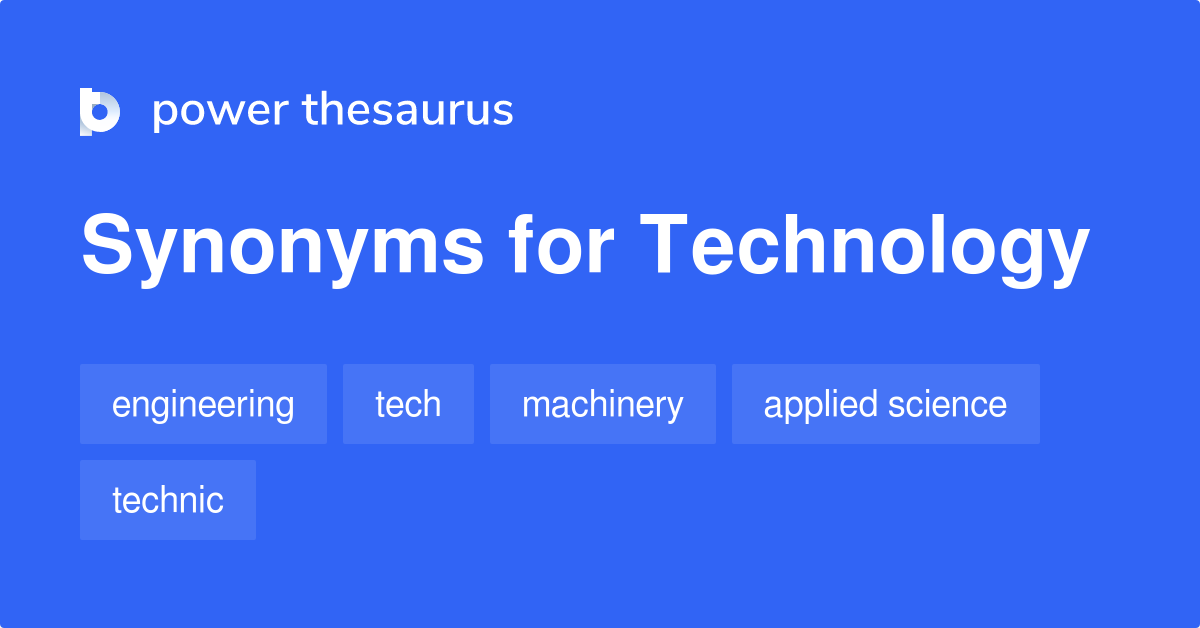The oceans cover more than 70% of our planet, yet they remain one of the least explored and understood frontiers. As we face increasing environmental challenges, a wave of innovation is emerging to harness the vast potential of our blue planet. Enter Blue Technology—the intersection of marine science, engineering, and technology aimed at sustainability and exploration.
From advanced monitoring systems to eco-friendly practices in ocean industries, Blue Technology promises not only to unlock new resources but also to protect marine ecosystems. In this blog post, we’ll dive deep into what makes this field so vital for our future. Whether you’re an entrepreneur looking for sustainable solutions or a curious mind eager to learn about the advancements shaping our oceans’ fate, there’s something here for everyone. Join us as we explore the myriad benefits that Blue Technology brings to both society and the environment!
What is Blue Technology?
Blue Technology refers to innovative solutions that leverage marine resources while prioritizing environmental sustainability. It encompasses a broad range of applications, from renewable energy production to ocean monitoring and conservation efforts.
At its core, Blue Technology aims to enhance our understanding of the oceans. This includes developing tools for underwater exploration and studying marine ecosystems in real-time. These advancements enable scientists and researchers to gather crucial data needed for preserving biodiversity.
Additionally, Blue Technology addresses challenges such as pollution, overfishing, and climate change impacts on aquatic environments. By utilizing cutting-edge technology—like AI-driven analytics or autonomous underwater vehicles—this field fosters responsible management of oceanic resources.
In essence, Blue Technology merges ecological responsibility with innovation. It’s about harnessing the wealth of the seas while ensuring they remain healthy for future generations.
The Main Areas of Blue Technology
Blue technology encompasses a variety of fields focused on harnessing marine resources responsibly. One major area is sustainable fishing practices. Innovative methods aim to reduce bycatch and overfishing, ensuring that fish populations thrive.
Aquaculture also plays a significant role. Advances in this sector promote environmentally-friendly farming practices for seafood, alleviating pressure on wild stocks.
Marine renewable energy stands out as another critical aspect. Technologies like ocean thermal energy conversion and tidal power tap into the sea’s natural forces, providing clean energy alternatives.
Marine biotechnology explores the potential of ocean organisms in pharmaceuticals and biofuels. This field holds promise for discovering new compounds with life-saving properties while fostering sustainability.
Each segment contributes to a holistic approach to ocean resource management, showing how interconnected these areas truly are.
Advancements in Marine Exploration
Recent advancements in marine exploration have transformed our understanding of the ocean’s depths. Innovative technologies, such as autonomous underwater vehicles (AUVs), allow researchers to survey challenging environments without putting human lives at risk.
These AUVs can dive deep and gather critical data on marine ecosystems. Equipped with sophisticated sensors, they collect information about temperature, salinity, and biodiversity. This data is invaluable for scientists aiming to map uncharted territories.
Moreover, satellite imagery has become a game-changer in monitoring vast ocean areas. It provides insight into phenomena like algal blooms and pollution levels from above.
Robotic submersibles continue to push boundaries too. They delve deeper than ever before, revealing spectacular underwater landscapes and discovering new species that were previously unknown.
With these tools at our disposal, we’re not just exploring; we’re beginning to understand the intricate tapestry of life beneath the waves.
Sustainable Solutions for Ocean Conservation
Sustainable solutions for ocean conservation are essential in protecting marine ecosystems. Innovative approaches like aquaculture reduce overfishing while providing a steady seafood supply.
Biodegradable materials are gaining traction, replacing plastics that harm aquatic life. These alternatives help minimize pollution and safeguard habitats.
Furthermore, technology plays a pivotal role. Drones and sensors monitor water quality and track wildlife migrations. Such data empowers scientists to make informed decisions.
Community involvement is equally crucial. Local initiatives encourage residents to engage in beach cleanups and advocacy programs. This fosters a sense of responsibility towards the ocean.
Renewable energy sources, such as tidal and wave energy, harness the power of the sea without depleting resources or harming marine environments. Integrating these technologies can lead to sustainable coastal development while preserving biodiversity.
Education also fuels change by raising awareness about ocean health issues among younger generations, ensuring long-term stewardship of our oceans.
Economic and Social Impact of Blue Technology
Blue Technology plays a pivotal role in reshaping economies, particularly for coastal communities. By harnessing marine resources sustainably, it fosters job creation and spurs local industries.
Innovative sectors such as aquaculture and renewable ocean energy are emerging, providing new avenues for economic growth. These advancements not only support livelihoods but also promote environmental stewardship.
Socially, Blue Technology enhances community engagement through educational initiatives. People become more aware of ocean health and its importance to their lives.
This technology often encourages collaboration among various stakeholders: governments, private sector players, and local populations work together towards common goals. The result is a stronger sense of community ownership over valuable marine ecosystems.
As these technologies advance, they hold the potential to bridge socio-economic gaps by providing marginalized groups with access to sustainable opportunities within the blue economy landscape.
Government Initiatives and Funding for Blue Technology
Governments worldwide are recognizing the importance of Blue Technology for sustainable ocean management. They are stepping up to provide essential support through various initiatives.
Funding programs have emerged to encourage innovation in marine tech. These grants aim to foster research and development that can lead to groundbreaking solutions.
Additionally, public-private partnerships are becoming more common. Collaboration between governmental bodies and private enterprises helps accelerate progress in this field.
Many countries have established dedicated agencies focusing on maritime technologies. Their goal is not just conservation but also economic growth driven by blue economies.
International cooperation is also vital. Countries share knowledge and resources, enhancing global efforts toward ocean sustainability.
These initiatives create a ripple effect, inspiring startups and researchers alike to contribute their ideas and expertise. The future of our oceans depends significantly on these collective actions.
Challenges and Limitations of Blue Technology
While blue technology offers significant benefits, it faces several challenges. One major hurdle is the high cost of research and development. Innovative solutions require substantial investment, which may deter smaller enterprises from participating.
Regulatory frameworks can also be a stumbling block. Navigating complex laws often slows down the implementation of new technologies in marine environments. These regulations are crucial for protection but can hinder progress.
Moreover, there’s a knowledge gap regarding blue technology among stakeholders. Many industries lack awareness of available solutions or how to integrate them effectively into their operations.
Environmental conditions present limitations as well. Harsh oceanic environments can complicate the deployment and maintenance of technological systems, affecting their long-term viability and reliability in real-world scenarios.
Future Prospects and Growth Opportunities
The future of Blue Technology is brimming with potential. As awareness around ocean health increases, so does the demand for innovative solutions.
Advancements in artificial intelligence and robotics are set to revolutionize marine research. These tools will enhance our capacity to gather data efficiently while reducing human impact on delicate ecosystems.
Moreover, investment in renewable energy sources like offshore wind farms and tidal power presents significant growth opportunities. Companies focusing on sustainable practices are likely to attract both governmental support and consumer interest.
Collaboration between nations can further bolster this sector. Shared knowledge and resources can lead to groundbreaking projects that benefit everyone involved.
Educational initiatives promoting marine science careers will cultivate a new generation of experts ready to tackle pressing challenges head-on. The horizon looks promising for those invested in Blue Technology’s evolution.
Conclusion
Blue Technology is paving the way for a sustainable future, offering innovative solutions to many of the challenges facing our oceans. With advancements in marine exploration and tools that protect biodiversity, we are witnessing a new era of environmental stewardship. The economic benefits are substantial as industries pivot towards sustainability, creating jobs and opportunities while safeguarding marine resources.
Government initiatives play a critical role in funding these technologies. Policymakers recognize the importance of preserving our oceans not just for ecological reasons but also for their potential economic contributions. However, it’s essential to acknowledge the existing challenges—technological limitations and regulatory hurdles can impede progress.
The horizon looks promising with growing interest from both private sectors and governmental bodies alike. As awareness increases about ocean conservation’s necessity, so does investment in Blue Technology.





